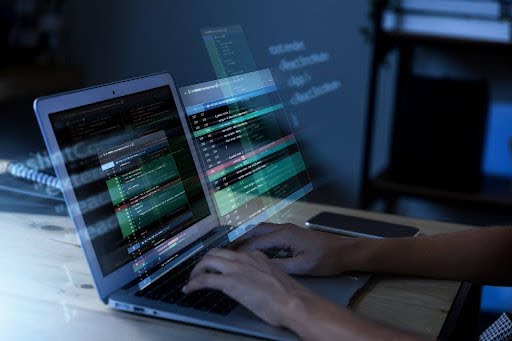Understanding Deepfake Detection: Working Technology, Challenges, and Use Cases
- 110 Views
- arslanchaudhary7439@gmail.com
- May 23, 2025
- Technology
As AI technology develops further, the dangers it creates are also getting more advanced. Fake media files can make it seem like individuals said or did something they did not, threatening politics, journalism, cybersecurity, and their personal reputations.
As a result, deepfake detection software has become vital for fighting this threat. What is the process behind it? What are its limitations? This article provides an overview of deepfake detection, its problems, and some important uses.
What Is Deepfake Detection Software?
This software is made to detect any content that has been manipulated with AI technology. These tools use both standard digital forensics and advanced machine learning to spot inconsistencies or obvious signs that an image, video, or audio recording has been manipulated.
The Technology Behind Deepfake Detection
Various technical methods are used in deepfake detection software to identify falsified material.
1. AI and Machine Learning Models
Both the creation and detection of deep fakes depend on specialized deep learning models, where CNNs are often used to find the fine differences between true and fake content. They are trained on huge datasets that contain both real and artificial media.
2. Facial and Behavioral Analysis
Deepfakes can make people look like someone else, yet it is difficult for them to exactly copy facial expressions, blinking, lip movement, or tiny facial movements. These tools watch for unusual behavior by monitoring them.
3. Artifact Detection
Much of the time, unnatural pixel errors, strange lighting, mismatched shadows, and blurred edges are visible in manipulated media. Even though these flaws are hardly noticeable to humans, algorithms can discover them.
4. Temporal Inconsistencies
Deepfake technology can lead to inconsistencies in videos as faces may not match or movements between different frames might not be constant. They go through individual frames to look for any changes that may not be correct.
5. Audio-Visual Sync Checks
Most deepfakes are mainly concerned with changing the visuals, which leads to issues with the audio and video matching. To detect lying, the tools observe if there is a mismatch between a person’s voice, tone, timing, and lip movements.
6. Blockchain and Watermarking
Now, it is possible to use blockchain or digital watermarks to mark original content for later verification. An update to the file is suspicious if there is no key update as well.
Challenges in Detecting Deepfakes
Despite improvements in technology, spotting deepfakes is still not easy.
1. Rapid Evolution of Deepfake Tools
The better detection gets, the better the generation techniques become. Innovations in fake money lead to newer versions that cannot be detected as easily, leading detection software to keep improving.
2. Data Availability and Bias
When the training data is not varied enough, it can cause the AI to favor some groups or content over others.
3. False Positives/Negatives
It is difficult to find the right level of sensitivity and specificity. There is a risk that these tools will treat a real post as a fake (false positive) or miss a fake altogether (false negative).
4. Real-Time Detection
Livestream moderation and news verifications are just some of the applications that demand real-time detection of deepfakes. Getting analysis with both low delay and high accuracy is currently challenging.
Main Uses of Deepfake Detection
The issue of deepfake detection affects various sectors and parts of society.
1. Media and Journalism
Before broadcasting any video, news organizations use special tools to confirm it is real, mainly in conflict areas or at the time of elections.
2. Social Media Platforms
Facebook, X, and TikTok are being asked to detect and remove harmful deepfakes, mainly those that aim to share misleading or hateful content.
3. Law Enforcement and Cybersecurity
Detection tools are used by authorities to look into cybercrimes, digital impersonation, and false evidence submissions. If deepfakes can be detected, it becomes more difficult for someone to use them for blackmail or identity theft.
4. Corporate Security
Companies are now using deepfake detection as part of employee verification and during private virtual meetings to ensure nobody pretends to be someone else.
5. Legal and Compliance
In the legal world, it is important to make sure digital evidence is genuine. It helps lawyers and investigators verify if the media being handled has been changed.
Looking Ahead
Even though deepfake detection software has improved a lot, it does not solve every problem. In the long run, combining technology with proper laws, user education, and ethical AI will most likely be the best approach to defense.
Teams in government, tech, and research are currently forming initiatives such as the Deepfake Detection Challenge (DFDC) and Content Authenticity Initiative (CAI) to help solve the issue and inform the public.
Visit Study Cafe for more informative blogs.
